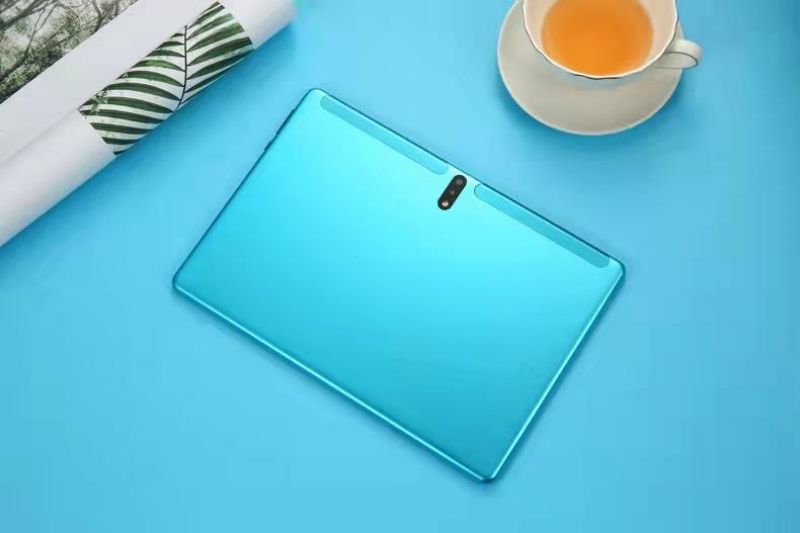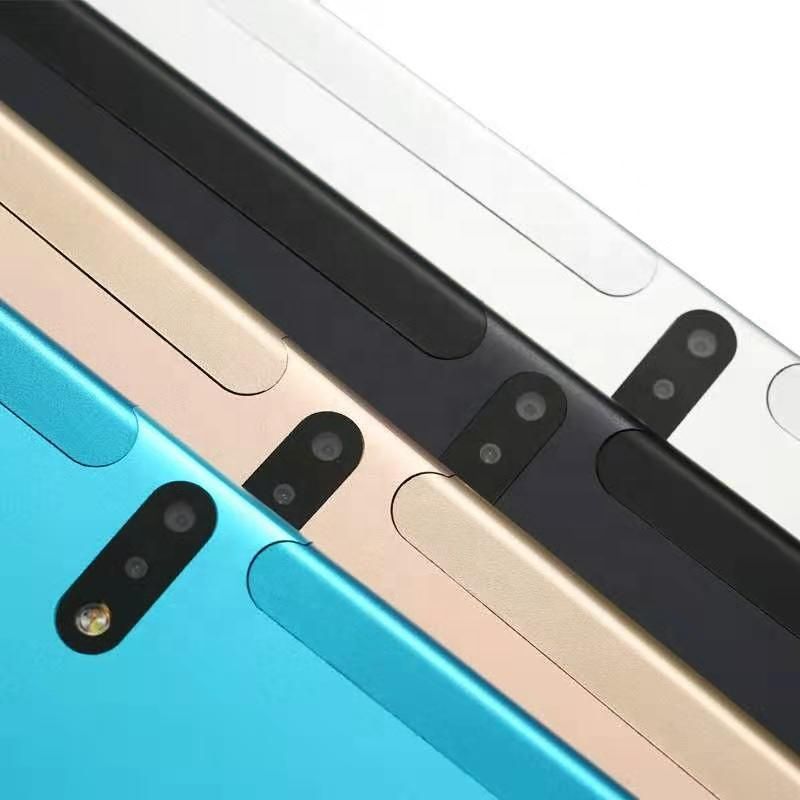Resolve Android Tablet PC defeated 4 culprits
December 31, 2021

In 2013, Android tablets showed a tendency to decline first. What caused this?
1, 16 × 9 widescreen problem
Instead of following the iPad 4×3 screen, Google tried to use a 16×9 widescreen to represent their innovations. It sounds good, but the effect is far-fetched. After all, 16×9 is suitable for HDTVs, while 4×3 screens are more suitable for handheld devices. The problem is that when you hold a 16×9 tablet, its look and feel is awful. Google device defaults to horizontal mode, so it feels like you're holding a desktop monitor instead of holding a book, a magazine, or a folder. When you browse in portrait mode, the screen is squashed. Now, this has become a problem that Google cannot solve. The horizontal 16 x 9 widescreen is still the default configuration of Android 4.0. Many devices such as Motorola XOOM, Samsung Galaxy Tab 10.1 and Asus Eee Pad Transformer are all limited by this widescreen. Therefore, unless Google re-launches a revised version of the operating system, major manufacturers are powerless.
2, manufacturers do not trust Android
The main sales channels of Android Tablet are traditional enterprises such as hospitals, manufacturers, schools, etc. The orders under them are generally over 1,000. In March of last year, I once published an article saying that Samsung is gearing up for a corporate sales strategy and intends to expand its sales force to handle large flat orders. The Samsung representative once said enthusiastically that if there are large tablet customers, they are willing to discuss with me the details of these sales strategies. But later, Samsung did not hear any news. In the middle of 2011, I was not surprised when IT industry leaders communicated with me about Android malware. In fact, Android malware is rampant on the Internet, and users may click on their browsing links or accidentally download applications that may hide their presence. Therefore, a market research survey shows that 96% of the tablets that are used internally for activation are iPads. 3, Android tablet application is extremely lacking
In addition to the problem of 16x9 widescreen and Honeycomb system, the performance of the Android tablet itself is still quite satisfactory. I like to run multiple gadgets and applications at the same time. This makes the Android tablet feel more like a traditional multitasking computer. Honeycomb's built-in Gmail, Google Books, and web browser apps are actually pretty good. I especially like the thumb controls in the browser. The problem is that there are too few applications like this. On the one hand, Google has not yet built enough applications. On the other hand, the support of third-party software developers is not very strong. Where are those good programs? Where are Google Analytics, Google+, Google Finance apps, and Picnik photo editing programs? Google, on the contrary, seems to be committed to building cross-platform HTML5 applications for Android tablets, smartphones and computers. Such a grand goal is quite admirable. However, in addition to using cross-platform advantages, Google actually should still develop some applications tailored for Android tablets. Because, users all want ready-made simple and available applications. Google did not achieve this goal, it seems that this is not the direction of the company's efforts. As a result, in addition to the Internet, the Android tablet does not currently have many useful features. 4, price issues
To be honest, I was not impressed by the iPad at the beginning of Apple's first iPad presentation. When Steve Jobs stated that the iPad was priced at $ 499, I also planned to write an article criticizing Apple's ill-advised pricing strategy (my own psychological price is between $800 and $1,000). After watching the presentation, I was immediately attracted by this product. At such a price, the iPad is indeed an eye-catching innovation. Until today, I still think that iPad's most successful marketing strategy is its pricing. On the contrary, when Google and Motorola announced the XOOM cost price of 800 US dollars, I immediately shook his head. At the time, other high-tech analysts tried to argue that although XOOM was expensive, its cost performance was still higher than that of the iPad. Now, the dismal sales situation of XOOM proves that their argument is untenable. Finally, in mid-2011, other tablet makers finally launched a series of products worth about $400. It can be said that the Samsung Galaxy Tab 10.1 and ASUS's Eee Pad Transformer are still attractive to consumers. Of course, the price is obviously one of the main considerations, not the surfing function. Andorid's future response Google itself has not laid a splendid future for Android tablets. Its latest release of the Android 4.0 Ice Cream Sandwich (ICS) system is unlikely to materially improve the current situation. The introduction of ICS is not to solve the previous problem of the tablet. It just wants to integrate the smartphone with the tablet platform. The ZDNet reporter Jason Perlow tested the Motorola XOOM device equipped with ICS and concluded that the system cannot repair any fundamental defects of the Android tablet. Last month, Google Chairman Eric Schmidt once said that Google will launch a best-quality tablet in the first half of 2012. Recently there have been rumors that Google is building a low-cost 7-inch tablet that runs Android 2.3 and will directly compete with Amazon's Kindle Fire in the tablet market. However, unless Google can solve the four major issues I mentioned here, the new products may not change the current “failure” of Android tablets.



